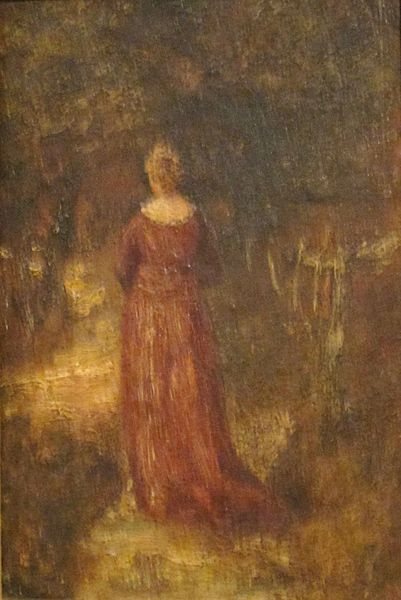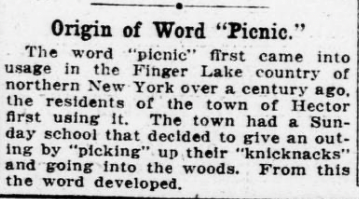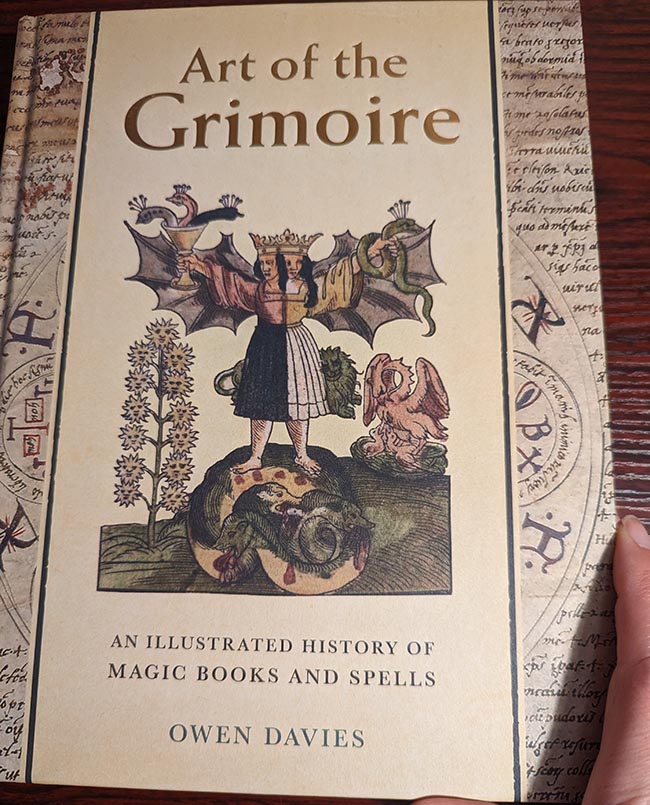
In the United States, Halloween marks off the start of the holiday season as, after trick-or-treating, we slide right into Thanksgiving and then the Christmas season. In old Europe, however, Halloween, or All Hallows, was just one of many autumn festivals celebrated by the people. Some of the events were quaint and some, like Dog Whip Day are thankfully forgotten.
There are also numerous saint days within this time period, but I decided not to cover them because of either conflicting accounts or because there simply wasn’t enough information about how the saint’s death day was commemorated.

Dog Whip Day
This awful custom was celebrated in different parts of England long ago. As the story goes, a Catholic priest dropped the eucharist onto the ground and a dog walked up and ate it. The dog, according to the story, was immediately killed and, as punishment to all dogs, once a year became dog whipping day. Celebrated on different days in October, such as in York where it was celebrated on October 18th, boys would take to the streets with switches to whip any poor, helpless dogs found.
Allan Day
Allan Day was a children’s festival celebrated on the Saturday closest to Halloween. An English holiday, it was celebrated with apples, called Allan Apples. Eating apples on this day brought good luck. There was also a divination tradition on the night of Allan Day where young men and women would place an apple under their pillow in the hopes that they would dream of their future wife or husband. To make the dream come true, they would then have to wake before dawn and, in silence and dressed in their nightclothes, they would take the apple outside and eat it under a tree.
All Saints Day
All Saints Day was a Catholic festival that honored all the martyrs and saints within the Catholic church. Celebrated on November 1st, it was traditional for the sermon of Saint Chrysostom to be delivered on this day. By nightfall, the turnover began for the Eve of All Soul’s Day and, at midnight, a procession of the dead would arise from the cemeteries.
All Soul’s Day
Following All Saints Day was All Souls Day on November 2nd. On this day, all the lost and forgotten souls in purgatory were prayed for. In some places, people would dress all in black and gather in the streets to mourn for the people who have died and for those who were believed to be in purgatory. In Italy, families would set feast tables out for the souls of the dead. The families would then leave their homes and attend church while the souls feasted upon the food. Any food left remaining was discarded because it was believed to have been tainted and a person could die if he were to eat it.
Guy Fawkes Day
A holiday that was made popular by the comic book and movie V for Vendetta, Guy Fawkes Day was celebrated on November 5th. It is the anniversary of the day the Gunpowder Plot was discovered. While it was for a long time an anti-Catholic celebration by the Protestants, it has revised as an anti-government celebration in recent years. According to a song sung in the north of England:
Pray to remember
The fifth of November,
Gunpowder treason and plot,
When the king and his train
Had nearly been slain,
Therefore it shall not be forgot.
Guy Fawkes, Guy Fawkes,
And his companions,
Strove to blow all England up;
But God’s mercy did prevent,
And saved our king and his Parliament.
Happy was the man,
And happy was the day,
That caught Guy,
Going to his play,
With a dark lantern,
And a brimstone match,
Ready for the prime to touch.
Martinmas
Celebrated on November 11th in country villages, Martinmas was the time when country folk would begin to slaughter their animals and prepare the meat for winter storage:
“dried flitches of some smoked beeve,
Hang’d on a writhen wythe since Martin’s Eve.”
In Germany, this time was called the “Feast of Sausages, or Gut Puddings.” Villages would get together for feasting and celebrating. There was also a lot of drinking during this time as it was also the time of Bacchus, god of wines and celebration.
Sources:
Curiosities of Popular Customs by William S. Walsh (1897).
Observations On Popular Antiquities by John Brand (1900).


